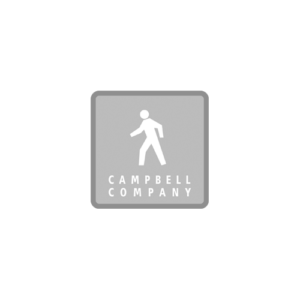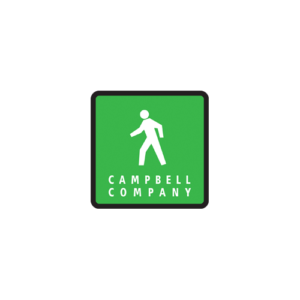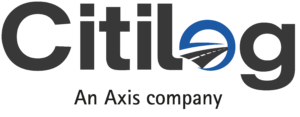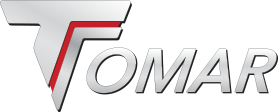Intersection Management Adapted to Trucks
There is more and more talk in our industry of so-called intelligent transport systems.
November 20, 2019
There is more and more talk in our industry of so-called intelligent transport systems.
Among these, we find traffic light management solutions such as the Advance radar, designed in the United States by the American firm Wavetronix and offered here by the Quebec distributor Orange Traffic, from Mirabel.

Initially, this technology capable of making the difference between a car and a truck was developed in order to “give trucks a chance” at intersections. The designers’ goal was to prevent a portion of the truck from passing on the green light, but its other end turning yellow, turning red, increasing the risk of collisions with vehicles traveling in the other direction.
The Quebec Department of Transport (MTQ) installed a system of this type at the intersection of highways 31 and 40 in Lavaltrie in 2015, but had its programming personalized so that it extended the red lights instead.
The MTQ explains that this signage is equipped with an intelligent system that extends the red lights in each direction simultaneously. The problem was related to the speed at the exit of highway 31. Whatever the driver’s maneuver (acceleration or deceleration), he could cross the intersection while the lights were green in opposing approaches, creating thus risks of collision at right angles.
Thus, in the event that a vehicle traveling on Highway 31 in a southerly direction would not be able to stop at the lights in time, the advanced detection radar enables the activation of the red light extension in all directions during a few more seconds. If it is detected that the approaching vehicle is a truck, it can safely make its turn.
The MTQ indicates that analyzes must be carried out before this system can be implemented elsewhere on the network, these analyzes being based in particular on statistics for the past five years.
“This solution was chosen following a problem at this specific location. Analyzes must be completed before this system can be implemented elsewhere on the network. Thereafter, an analysis will have to be carried out for each case in order to determine its relevance and effectiveness in order to implement the right solution », said the Ministry of Transport.

Smart transportation in Quebec
Orange Traffic has also distinguished itself elsewhere in the province. Indeed, it is also the Mirabel firm that obtained the contract to update the system that allows fire trucks in the national capital to turn green lights on the corridor they take to get to at the scene of a disaster.
Spokesperson for the City of Quebec, David O’Brien tells Transport Routier that a similar system giving priority to fire department trucks already existed, but that it had reached the end of its useful life. “We are updating our technology with a new, more modern one,” he says.
Still according to Mr. O’Brien, this initiative confirms the interest shown by Quebec City in intelligent transportation systems.
This article was written for the Transport Routier website on November 20, 2019.





























